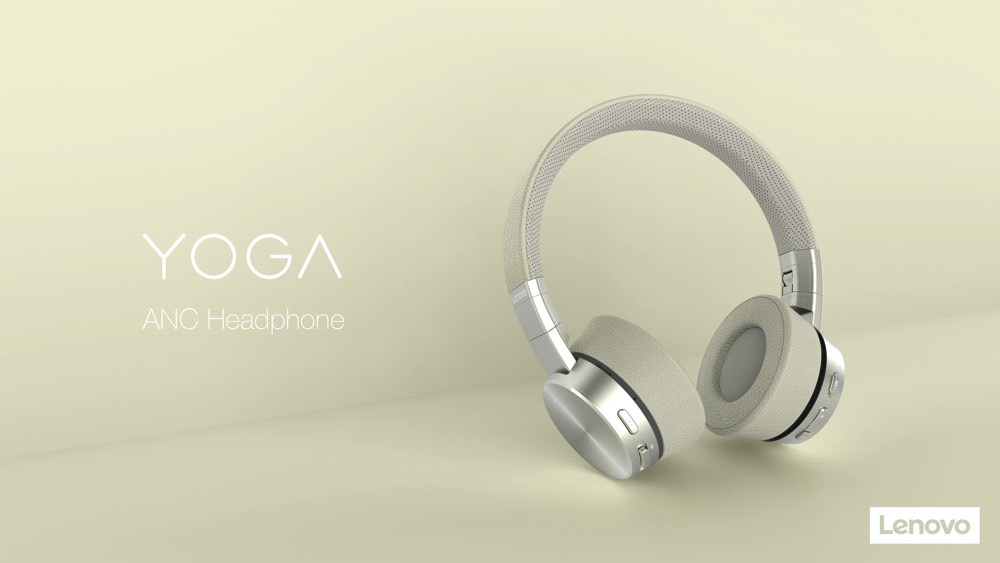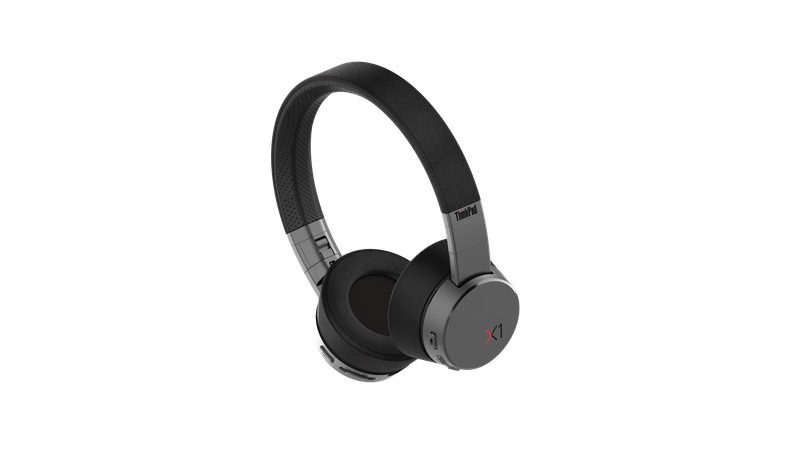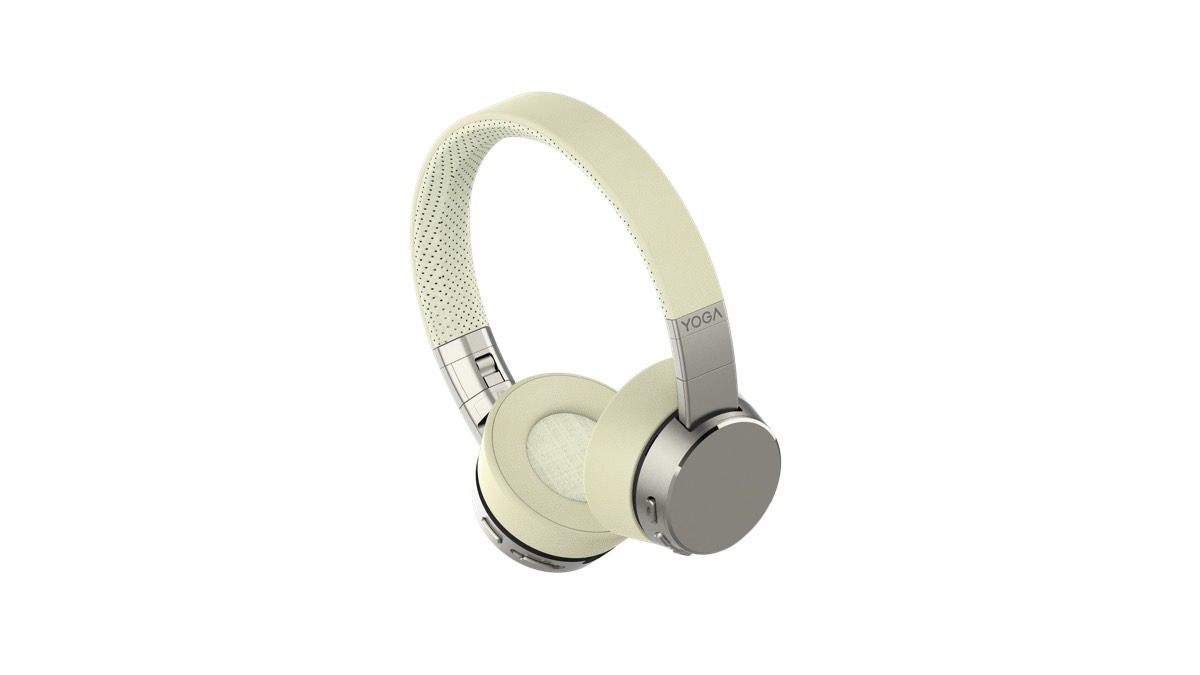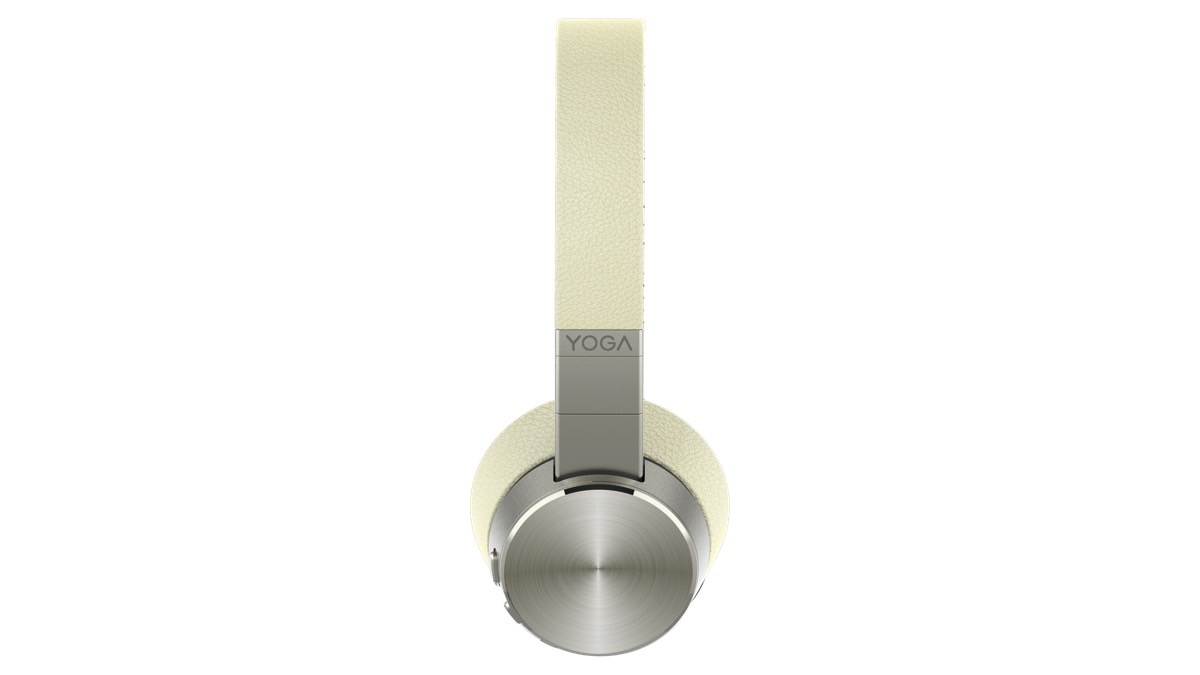Suddenly, everyone wants a piece of Bose’s noise-canceling headphones business. Last year, Microsoft debuted its premium-priced Surface headphones, and this year it’s Lenovo’s turn. At MWC 2019 in Barcelona, Spain, the company best known for its iconic black business laptops, launched two new active noise-canceling (ANC) headphones that are designed as companion products to its ThinkPad and Yoga line of computers.
The two models — the Lenovo Yoga ANC, and the Lenovo ThinkPad X1 ANC — are essentially identical in every way, except for color scheme and perhaps price. Reportedly, the Yoga headphones will go on sale in the U.S. in July at $170, while the X1 headphones (coming to the European Union in June, with an undisclosed U.S. launch) will sell for $150.\
Lenovo created what looks like — on paper, at least — a really good set of noise-canceling cans. The on-ear design folds flat when not in use, and comes with a matching carry bag. Lenovo claims the headphones use both hybrid ANC and ENC (electronic noise cancelation). ANC is for canceling unwanted outside sounds when you’re listening to music, or simply want to drown out the drone of an airplane’s engines, while ENC is strictly for making calls — it attempts to cancel out everything but your voice so that your caller can hear you more clearly. The ANC function uses a four-mic array, while two dedicated mics are used for ENC. Audio performance has been tuned by Dolby, which is in keeping with Lenovo’s partnership with Dolby on the audio for its laptops.
Battery life is a respectable, but hardly noteworthy 15 hours with ANC, 20 hours without, and a full battery charge takes a little less than two hours. Charging is done through the increasingly standard USB-C port, which also doubles as the wired audio connection when you’re not using Bluetooth. The headphones come with two types of USB cable: A USB-C to USB-C and a USB-C to USB-A. Speaking of Bluetooth, we’re delighted to see that Lenovo has gone beyond the basic SBC/AAC codecs, and added aptX, and aptXLL (low latency), HP1.7, and mSBC codecs too. All that’s missing is aptXHD, but for $150, we suppose that might be asking too much.
Both headphones will work with Windows, Android, and iOS devices. Though Lenovo references “voice assist” ability in its press release, specific support for Google Assistant, or Siri, is still unconfirmed.
Editors' Recommendations
- Initial review: The Sonos Ace are high-flying wireless headphones
- Sony WH-1000XM6: the design and features we want Sony’s next headphones to deliver
- JBL upgrades its 2024 wireless headphones with massive battery life
- 7 things Sonos’ first headphones will need to get right
- The most innovative headphones and earbuds of 2023







